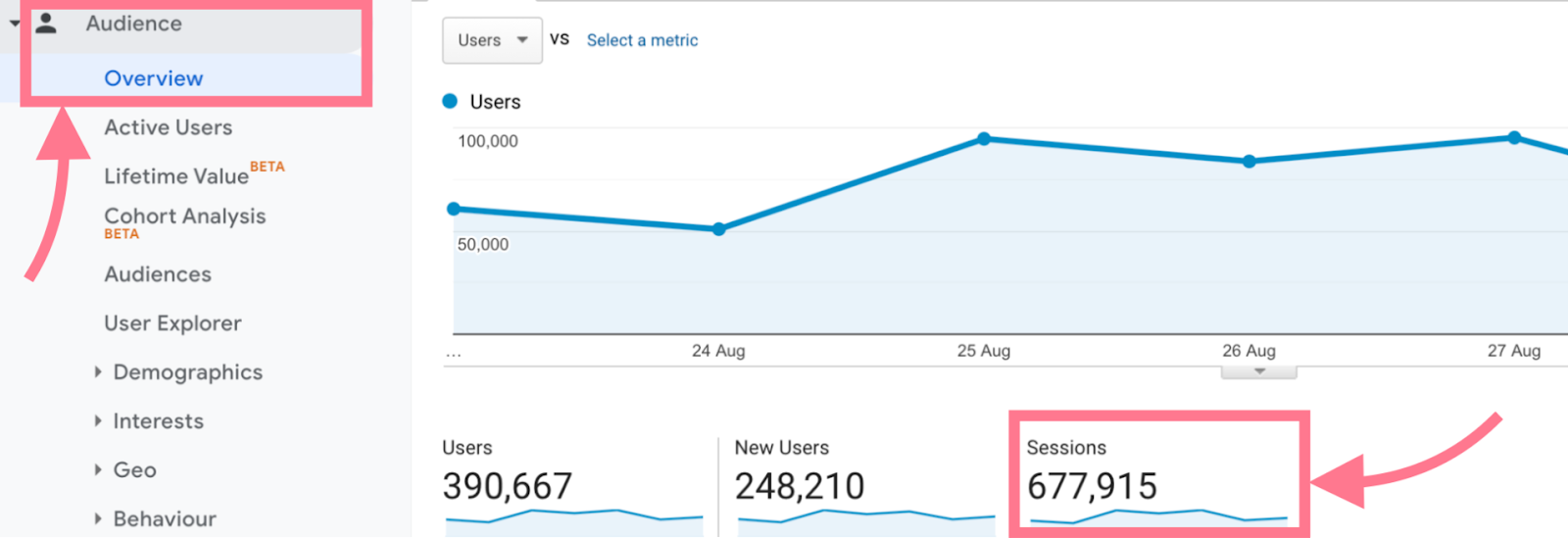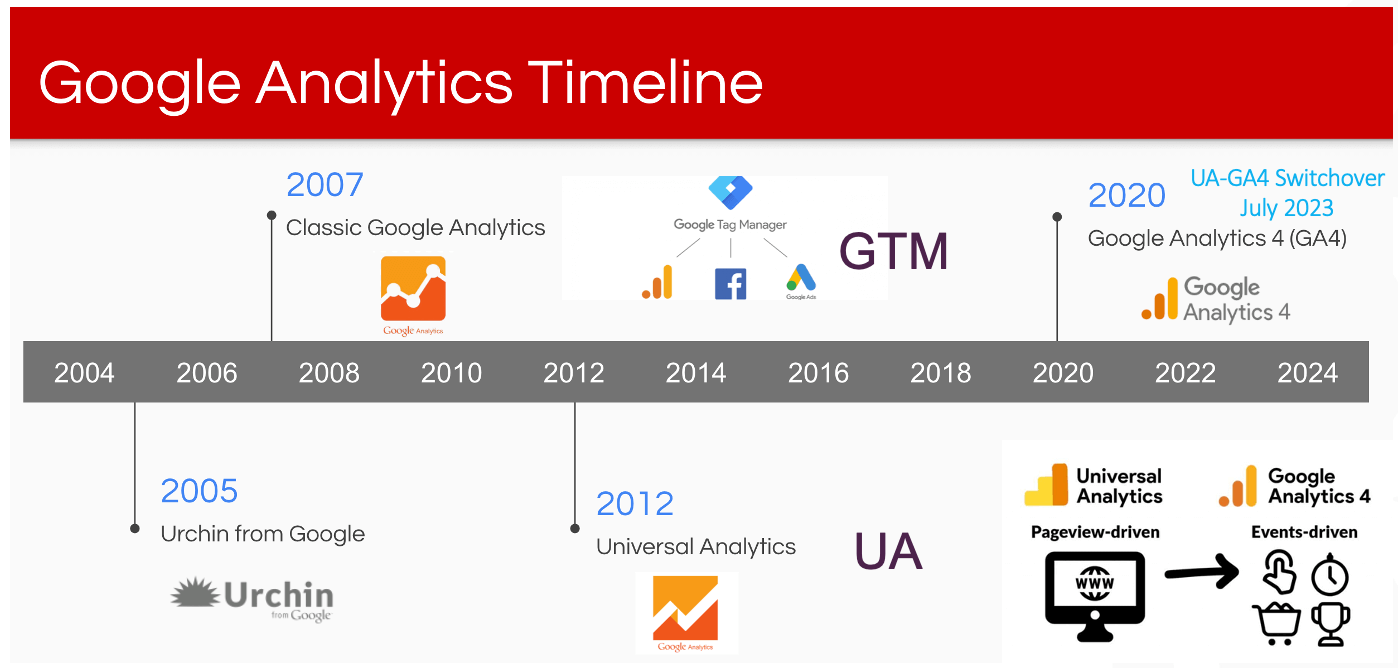Key Factors To Consider for Marketers: When Does the Google Analytics Tracking Code Send an Event Hit to Analytics?
Key Factors To Consider for Marketers: When Does the Google Analytics Tracking Code Send an Event Hit to Analytics?
Blog Article
Master Web Site Insights With Accurate Google Analytics Monitoring Code
The reliable usage of Google Analytics hinges on the precise implementation of its monitoring code, a fundamental action commonly neglected by website owners. What are the common challenges that could undermine your monitoring initiatives, and exactly how can you ensure precision in your approach?
Understanding Google Analytics Fundamentals
Google Analytics is an essential device for web site owners and marketers, supplying important insights into individual habits and internet site efficiency. At its core, Google Analytics gathers information about site visitors to a website, enabling customers to analyze metrics such as website traffic sources, individual interaction, and conversion rates. Comprehending these principles is essential for optimizing an internet site's effectiveness and improving customer experience.
The system uses cookies to track communications, tape-recording data such as web page sights, session periods, and bounce prices. This info is accumulated and offered through customizable control panels, enabling individuals to picture trends over time. Trick efficiency indicators (KPIs) can be monitored, such as the total number of users, brand-new versus returning site visitors, and the geographical circulation of the target market.
Moreover, Google Analytics offers segmentation features, permitting customers to isolate specific traffic resources or customer demographics for even more targeted evaluation. By mastering these foundational elements, website owners can make informed decisions about material technique, advertising campaigns, and total site enhancements. Inevitably, comprehending Google Analytics essentials is essential for leveraging information to drive development and attain business purposes successfully.
Establishing Your Tracking Code

Copy the offered tracking code and paste it into the HTML of your internet site. Preferably, this code needs to be put in the header section of every page you wish to track. This guarantees that the tracking code lots prior to any kind of various other material, enabling it to capture data properly. There are plugins readily available that simplify the integration process. if you are making use of a content management system (CMS) like WordPress.
After setup, verify that the monitoring code is working properly by utilizing Google Tag Aide or the Real-Time reports in Google Analytics - when does the google analytics tracking code send an event hit to analytics?. This action is important to confirm that your information collection is accurate and energetic, establishing the structure for informative analysis
Common Monitoring Code Issues
Several site proprietors experience typical concerns with their Google Analytics tracking code that can hinder data collection and analysis. One common concern is incorrect installation. This might occur when the tracking code is placed in the wrong section of the website's HTML, frequently causing absent or incomplete data. Additionally, having several instances of the monitoring code on a single web page can result in inflated metrics, as user communications may be counted extra than when.
One more issue occurs from using ad blockers, which can protect against the tracking code from implementing altogether, hence skewing information. when does the google analytics tracking code send an event hit to analytics?. Moreover, failure to set up filters correctly can bring about the exclusion of necessary website traffic sources or the incorporation of unwanted referral spam, distorting the information collected
Site proprietors might likewise ignore the value of tracking code updates, particularly when moving to Google Analytics 4 (GA4) from Universal Analytics. Finally, not enough screening prior to releasing modifications can result in unseen errors in the monitoring code, further making complex information dependability. Addressing these common issues is vital for ensuring exact monitoring and informative analytics.
Studying Website Data Efficiently
Precise data collection is just the initial step in leveraging Google Analytics; the real worth depends on efficiently examining that information to drive enlightened decision-making. To accomplish this, it is necessary to identify essential performance indications (KPIs) that straighten with your organization objectives. Focus on metrics such as conversion rates, customer engagement, and web traffic resources, as these will supply insights right into individual behavior and the total performance of your web site.
Utilizing Google Analytics' division features allows for a much deeper understanding of your target market. By breaking down data right into particular demographics, habits, and website traffic channels, you can uncover fads and patterns that educate targeted techniques. Carrying out custom-made reports and dashboards can improve this procedure, enabling quick accessibility to pertinent information.
In addition, regularly assessing data patterns with time helps to identify abnormalities and chances for enhancement. Utilize visualization devices to present data in a quickly absorbable format, promoting extra effective interaction with stakeholders. Ultimately, the capacity to evaluate web site information successfully empowers services to make critical choices that boost individual experience, maximize advertising and marketing initiatives, and drive growth.

Ideal Practices for Accurate Tracking
Carrying out reliable tracking techniques is vital for obtaining dependable data in Google Analytics. To make sure precise monitoring, begin by correctly setting up the Google Analytics tracking code on every web page of your site. This can be completed with a tag manager or by directly installing the code into the HTML.
Following, configure your Google Analytics account to exclude internal web traffic. This can be done by go to my blog establishing filters that identify and remove sees from your organization's IP address, thus protecting against skewed information. Additionally, make use of occasion tracking to check particular individual communications, such as downloads or video clip plays, which standard page sights might forget.
On a regular basis audit your tracking configuration to validate that all attributes, such as objectives and ecommerce monitoring, are operating properly. Establish a regular naming convention for your events and campaigns to facilitate less complicated coverage and evaluation.
Lastly, think about leveraging UTM specifications for campaigns to get understandings into the performance of different advertising efforts. By complying with these ideal techniques, you can get redirected here boost the precision of your data collection and analysis, eventually causing more educated decision-making for your web site.
Conclusion
By ensuring the monitoring code is appropriately put and on a regular basis audited, website owners can capture crucial user communication data, therefore assisting in the recognition of crucial efficiency signs. Ultimately, a durable tracking structure improves the capacity to drive interaction and boost general web site efficiency.

Inadequate screening prior to introducing changes can result in undetected errors in the tracking code, even more complicating data integrity.Applying reliable tracking practices is critical for getting trusted information in Google Analytics. By guaranteeing the tracking code is properly placed and regularly examined, web site owners directory can catch important user communication data, thus assisting in the identification of essential efficiency indicators.
Report this page